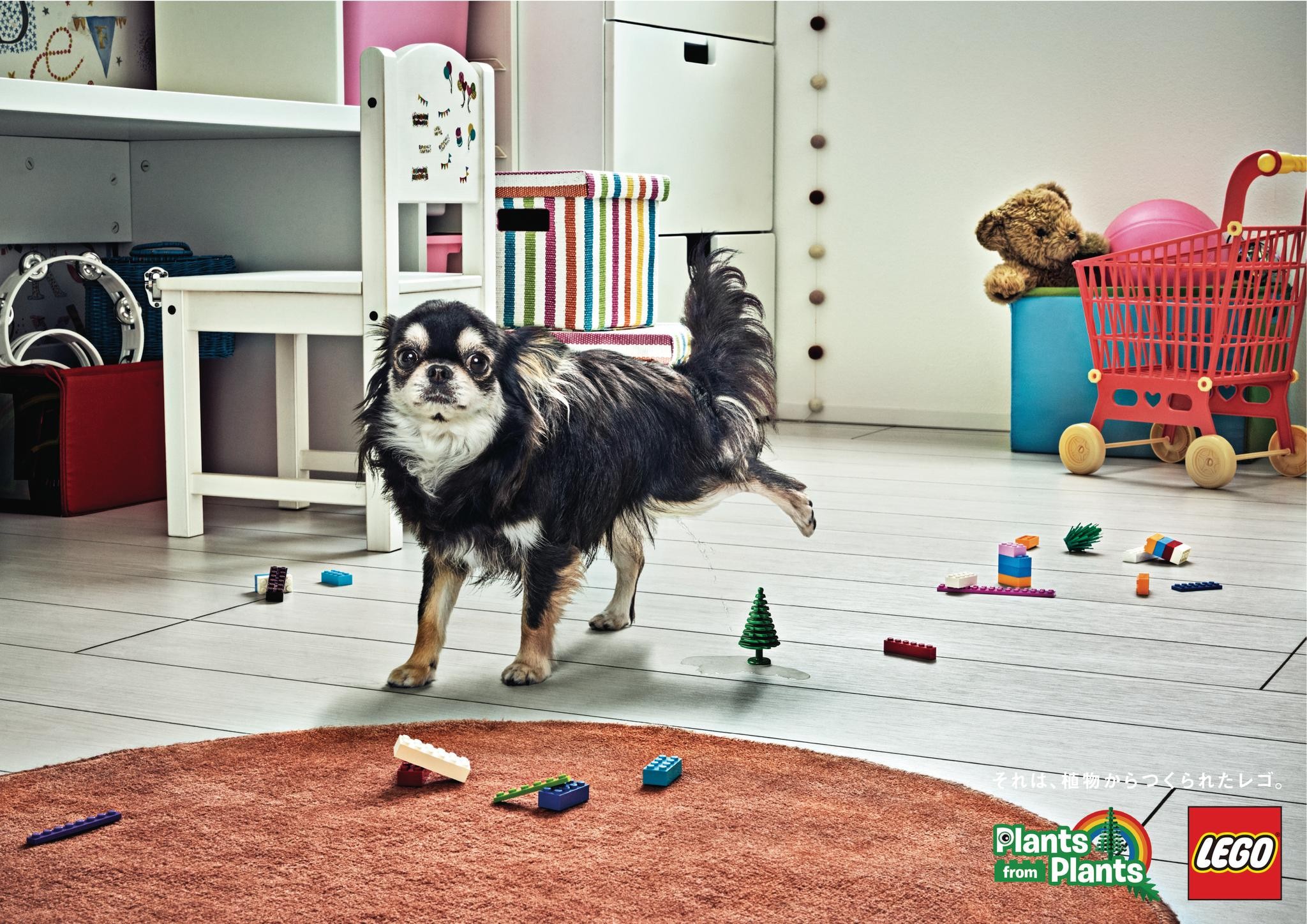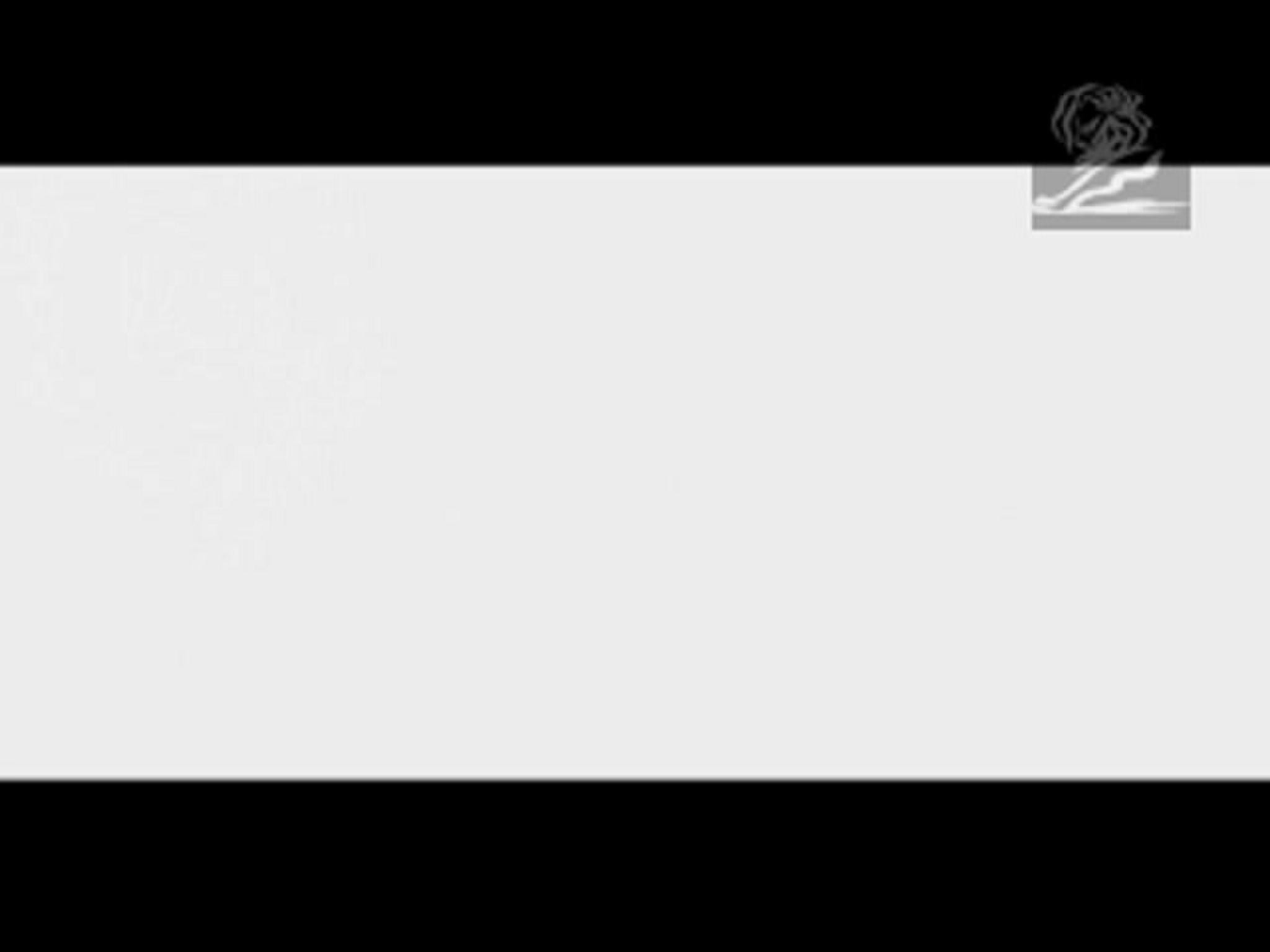Cannes Lions
PUBLIC HEALTH
ARTPLAN, Rio De Janeiro / ROCK IN RIO / 2012

Overview
Entries
Credits
Overview
Description
Rock in Rio, the world’s greatest music festival, was requested by the Brazilian Ministry of Health for a drug campaign on the eve of its latest edition. Being admired by millions of rock fans, we had to avoid building a boring flat image in order to protect the festival. We sought the answer for this in the essence of this music gender: freedom. Rock in Rio’s anti-drug campaign gave people the opportunity to make their own choices.
The public was encouraged to rebuild the pop culture expression 'sex, drugs and Rock’n’Roll', replacing the word drugs for anything they wanted. Imagination was the essence of it: why not 'sex, chocolate and Rock’n’Roll?', 'sex, surf and Rock’n’Roll' or even 'sex, superheroes and Rock’n’Roll?' Brazilian artists took part of it, recording a video clip with the music theme of the campaign and dressing t-shirts with their own expressions. Social networks and press vehicles responded to the campaign and there was an intense buzz over the subject. A digital platform was created for visitors to build concept arts of their sacred rock combos, which resulted in more than 21,300 unique arts generated, and 68% shared in social networks.PR was essential for the result of the campaign, because it could not be successful by being imposing. Anti-drugs awareness was made both by the festival and its public, which dressed the theme t-shirts during the festival and shared the message during before and after the festival took place.
Execution
The main platform for the campaign was the website 'Sex, ___ & Rock’n’Roll', where visitors could easily create concept art of their own by entering a term into an empty field. The tool searched then for related images on Flickr and generated a customisable mosaic. The resulting image could be saved as wallpaper or shared on social networks. Several articles on the subject and chats with medical authorities were also available on the website.
The campaign was aired in the country’s main news on TV with a video clip, where artists sang a music theme and wore T-shirts with their own expressions. Rock in Rio’s social networks stimulated the discussion among their followers and several blogs posted images from the website. A promotional effort was also made under the prize of tickets for the festival, where participants had to explain why life is better without drugs.
Outcome
The campaign gained public attention in many ways. Versions of its theme song appeared on YouTube, including a well produced parody from a famous humour channel. On Facebook, more than 100,000 comments were published about the debate. And earned media reached US$5,700,000.Hundreds of questions were answered by medical authorities on Formspring and, in just 1 month, the site had over 700,000 hits. 52% of people visited more than once and the average visit time was over 6 minutes.
More than 213,000 unique arts were generated and 68% were shared. A total of 15,975,000 people were impacted on social networks.Only 4% tried to input drug-related terms.In the end Rock in Rio revamped the debate about the evils of drugs reaching a whole new generation of young people. And for them, one thing became clear: a Rock'n'Roll attitude is not about using drugs, but about freedom.
Similar Campaigns
12 items








